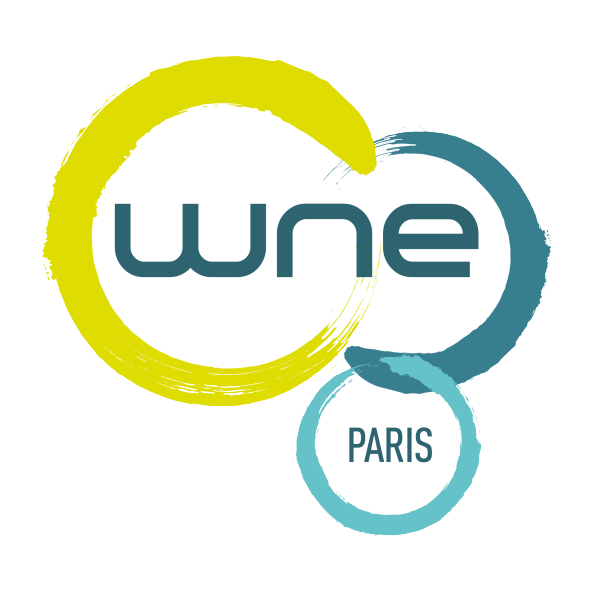Financing the Future: How Strategic Investments Can Shape the Next Era of Civil Nuclear
As the world grapples with the dual challenges of climate change and energy security, civil nuclear is poised to play a pivotal role in the global energy transition. The International Energy Agency (IEA) highlights a burgeoning interest in nuclear projects, driven by advancements in technology and supportive policies. However, the success of these projects hinges significantly on the availability and structure of financial backing.
💰 Government Funding: The Backbone of Civil Nuclear Innovation
Historically, government funding has been the cornerstone of nuclear energy development. Governments around the world have recognized the strategic importance of nuclear power in achieving energy independence and reducing carbon emissions. Public funds are often allocated to support research and development (R&D) initiatives, pilot projects, and the construction of new reactors. For instance, the United States Department of Energy (DOE) has been instrumental in funding advanced nuclear technologies, such as small modular reactors (SMRs) and next-generation reactors.
Government funding not only provides the necessary capital for large-scale projects but also mitigates the financial risks associated with nuclear energy investments. By absorbing a significant portion of the initial costs, governments can attract private investors who might otherwise be deterred by the high upfront expenses and long payback periods.
💵 Private Investment: Driving Innovation and Efficiency
Private investment plays a crucial role in accelerating the commercialization of nuclear technologies. Venture capital firms, private equity funds, and institutional investors are increasingly recognising the potential of nuclear energy as a sustainable and profitable investment. Companies like TerraPower and NuScale Power have successfully secured substantial private funding to advance their innovative reactor designs.
Private investors bring not only capital but also a wealth of expertise in project management, operational efficiency, and market strategies. Their involvement can drive innovation, reduce costs, and enhance the overall competitiveness of nuclear energy. However, attracting private investment requires a favourable regulatory environment, clear policy frameworks, and robust market signals that assure investors of the long-term viability of nuclear projects.
🤝 Public-Private Partnerships: Bridging the Gap
Public-private partnerships (PPPs) offer a hybrid financing model that leverages the strengths of both public and private sectors. These collaborations can take various forms, including joint ventures, co-financing arrangements, and long-term contracts. PPPs are particularly effective in sharing the financial risks and rewards of nuclear projects, making them more attractive to private investors.
One notable example is the Barakah Nuclear Energy Plant in the United Arab Emirates. This project is being developed through a partnership between the UAE government and a consortium of international companies, including Korea Electric Power Corporation (KEPCO). This model has enabled the project to secure the necessary funding while ensuring that the public sector retains a stake in the strategic asset.
📈 The Impact of Financial Backing on R&D and Deployment
The availability and structure of financial backing have profound implications for the research, development, and deployment of civil nuclear energy. Adequate funding ensures that R&D efforts can continue unabated, leading to technological breakthroughs and cost reductions. It also facilitates the construction of new reactors, the modernisation of existing facilities, and the development of supporting infrastructure.
Moreover, strategic investments can accelerate the deployment of advanced nuclear technologies, such as SMRs, which offer the promise of safer, more flexible, and cost-effective nuclear power. These innovations are crucial for meeting the growing energy demands while addressing environmental concerns.
🌐The World Nuclear Exhibition 2025
As the nuclear energy sector continues to evolve, industry stakeholders will gather at the World Nuclear Exhibition (WNE) from November 4-6, 2025, at Parc des Expositions - Hall 6 - Villepinte. This premier event will provide a platform for networking, knowledge exchange, and collaboration among government officials, private investors, industry leaders, and researchers.
As we look to the future, a collaborative approach, underpinned by robust financial support, will be essential in realizing the full potential of nuclear power in the global energy landscape.
Exhibit now
